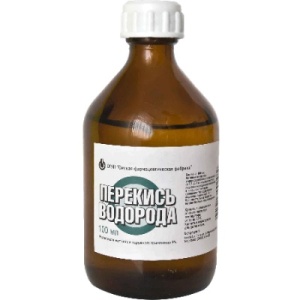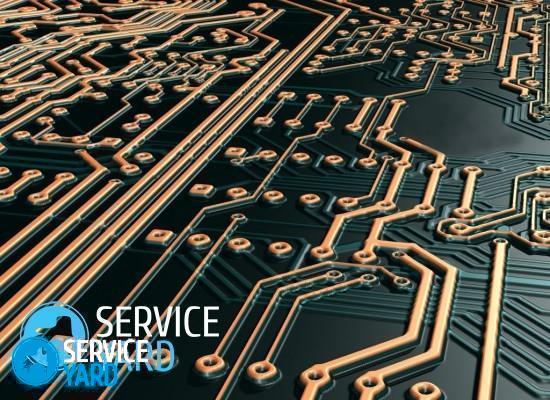Hydrogen Peroxide, Citric Acid, PCB Etching Salt

A printed circuit board is one of the main parts of any wiring diagram. Before making this or that amateur radio design, the radio amateur thinks about how to create a printed circuit board. To date, there are many methods for creating boards that will not differ from the factory ones, for example, the LUT method using a laser printer. However, it is not accessible to everyone. The use of copper sulfate, ferric chloride and other etching substances is difficult for ordinary people to use, and they leave enough traces of dirt. In this article, we will look at how hydrogen peroxide, citric acid, and salt help etch printed circuit boards, and will introduce you to a cleaner and more affordable alternative method.
to contents ↑Citric Acid and Hydrogen Peroxide - A Safe and Acceptable Copper Etching Compound
To prepare the solution you will need:
- Hydrogen peroxide (3%), 100 ml. You can purchase at any pharmacy.
- Citric acid, 80 g. The product can be bought at any store.
- Salt, 1 tsp. The product should already be in your kitchen.
Important! This volume is sufficient for etching 100 cm2 of copper with a thickness of 35 μm.
- Draw and print a board.
- Cut a piece of PCB.
- Transfer toner to textolite.
- Leave to soak.
Now proceed with the preparation of the solution:
- Take a glass or plastic jar (not a metal one).
- Preheat peroxide. To do this, place a closed jar with the product in a water bath and leave it until the temperature evens out.
- Pour the peroxide into the vessel (it is not necessary to dilute, since it is already 3%).
- Pour citric acid into a container with peroxide.
- Stir it.
- Slowly add salt.
The result should be a clear liquid.
to contents ↑Important! While the solution has not cooled, lower the board with the paths down.
Etching time is approximately 40-50 minutes. The process itself largely depends on the temperature of the mixture. In the process of etching, it first turns green, and when all the acid reacts and becomes salt, it will be repainted in blue or blue.
Helpful hints:
- If the solution foams (bubbles), then hydrogen peroxide, citric acid and salt are taken in the wrong proportions. In particular, most likely you went over with salt. Add some peroxide and water to the mixture.
- Do not spare the salt in the manufacture of the solution, since it plays the role of a catalyst, and is practically not consumed during the etching process.
- After about 20 minutes of etching, take out and inspect the board for any damage, since after the foil is wrinkled, the material may begin to become etched under the pattern or layer of toner.
- The more hydroperite, the faster the process will go. But keep in mind that the solution is not stored, and it cannot be reused, which means that if there is a lot of peroxide, then it will simply be overused. Excess hydroperite can be determined by abundant bubbling during etching.
- To understand whether the board is ready without getting it, watch the solution. If he stopped hissing and bubbling, then either there is nothing more to poison or the agent is exhausted. Get out and check.
- Wash off the toner with acetone.
- If, after washing off the toner, the board is lowered into the remains of the mixture, then the copper paths turn pink and get rid of oxides. Taming such a processed board is much faster and easier.
Advantages of the home method:
- High etching rate.
- The process proceeds at room temperature.
- Availability.
- Ease of preparation.
- The cheapest copper pickling method.
- A solution of hydrogen peroxide, citric acid and salt is safe - both for the body and for clothes.
- Citric acid and hydrogen peroxide do not leave dirty spots.
Disadvantage
Medium copper citrate is poorly soluble, which means it can precipitate, including on the etching surface. To prevent the problem, do not save citric acid.
to contents ↑Stock footage
We hope you appreciate the alternative way to etch the board. It can be used to make circuits of any complexity. This method is environmentally friendly, safe, and most importantly - you do not get dirty because there is nothing. Good luck to all hams!
- How to choose a vacuum cleaner taking into account the characteristics of the house and coatings?
- What to look for when choosing a water delivery
- How to quickly create comfort at home - tips for housewives
- How to choose the perfect TV - useful tips
- What to look for when choosing blinds
- What should be running shoes?
- What useful things can you buy in a hardware store
- Iphone 11 pro max review
- Than iPhone is better than Android smartphones




